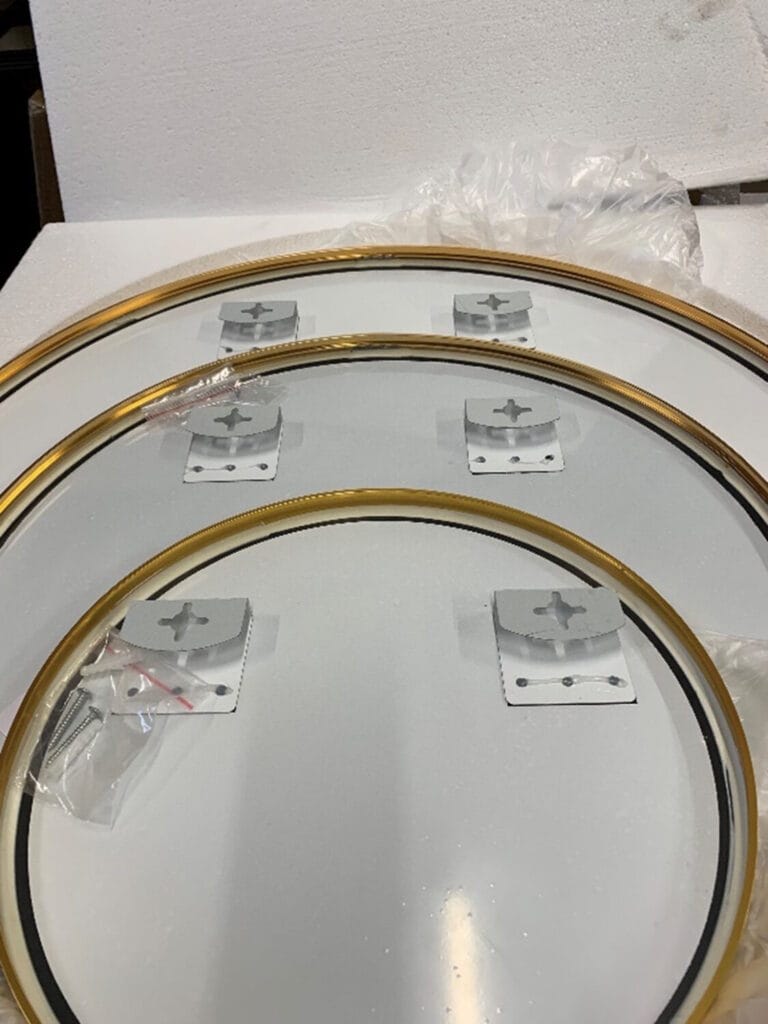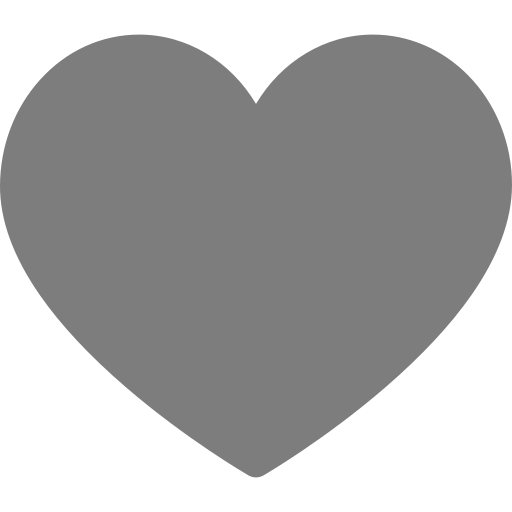Accident & childproofing your mirrors
Mirrors are a fundamental element of interior design, they help brighten spaces, provide new perspectives, and bring unique stylistic elements into the home. A mirror can help fill a space on the wall, serve us for getting ready, and is even a great form of security when positioned to reflect blind spots. So it’s no shock we both need and want them within the home.
Securing your mirror is essential, especially when there is a lot of activity in the home or children. Our mirrors are super sturdy, but that doesn’t mean to say accidents can’t happen, so it’s super important to fasten your mirror down and prevent any incidents from occurring.
Mirrors can slip, fall or be knocked which in some cases can be uneventful with no damage to the mirror or a person. But in most scenarios where a mirror is knocked, somebody is likely hurt or the glass is shattered.
Leaners & wall-mounted mirrors
Leaner mirrors are designed to free-stand which typically requires them to be somewhat weighted for them to stay upright and not slip on the floor. That does not prevent leaners from falling though, which is why it’s important to make sure the mirror is mounted correctly.
Wall-mounted mirrors rarely fall due to being fixed to a wall, but when the mirror is improperly hung or tugged at it can lead to accidents. It’s a good rule of thumb to be extra cautious when mounting a mirror, ensuring the equipment and hardware used are appropriate for the weight and size of the mirror.
Hanging a mirror on a drywall
A drywall is when a plaster façade is placed on the inner walls of a masonry building and is a standard form of building within the UK.
There are two types of drywall, a drywall mounted onto masonry with adhesive and a drywall with stud work. Stud work means the plasterboard is mounted onto wooden or metal studs against a masonry wall.
Mounting on drywall may require spiral fixings or GripIt fixings. These will vary depending on which of the three types of drywall you have in your home.
Spiral plasterboard fixings can take the weight of approximately 14kg, ideal for smaller mirrors to be hung with. Spiral fixings are ideal for just drywall or drywall with stud work. The spiral fixing has a wider outer thread which grasps the drywall.
GripIt plasterboard fixing can hold anywhere between 74kg depending on the fixing you have purchased, these are ideal for larger mirrors such as leaners. The GripIt fixing has wings which fold out and disperse the weight across a larger surface area. A flathead drill bit will be needed to create a hole in the plasterboard. (If in doubt please seek professional installation advice)
- Check the wall using a stud finder, this will help you locate any obstacles behind the plasterboard.
- Create a mark on your wall where you would like the mirror to be mounted. If you are mounting a leaner you will need to measure where you would like the mirror to sit on the wall.
- Measure the frame of your mirror from the top of the mirror to the centre of each hook and make a note of these measurements.
- Using a spirit level mark on the wall the measurements from the central point you initially made.
- Install your wall fittings using the appropriate corresponding tool. I.e a flat head drill bit for a GripIt fixing. Your fixing needs to be flush against the wall it is on.
- Then hang the mirror using the fixings that are on the mirrors.

Hanging a mirror on a brick wall
Mirrors can be heavy, so it’s important to take into account the weight of your mirror before wall mounting. If your mirror is of a significant weight it is important to buy a wall anchor that is fitted for masonry walls and can bear significant weight.
- Take measurements of the two fixings and then transfer them to the wall.
- Make your markings on the wall.
- Drill into the marks going slightly deeper than the depth of your screw. Use a masonry drilling tip for this part.
- Place the wall plus into the hole you have just drilled. If the plug does not easily fit into the hole, gently use a hammer, and be careful to not break the plug off into the wall.
- Align the screws with the wall plugs and start to drill.
- Then align your fixings with the screws and mount.
We’d love to know if this has been helpful for you! If you have any more questions feel free to contact us on Instagram and Facebook Messenger or at [email protected].


